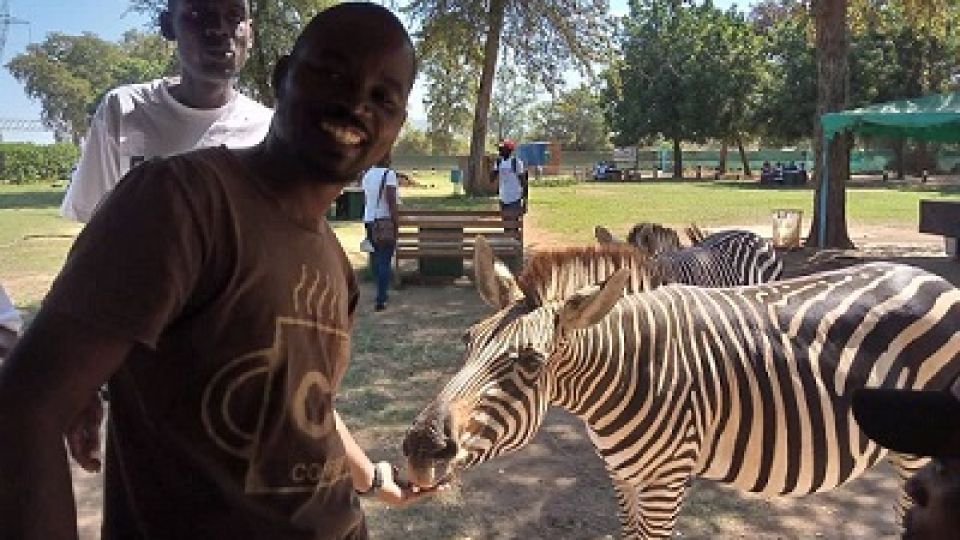from ESTHER SHAVI in Kariba, Zimbabwe
Zimbabwe Bureau
KARIBA, (CAJ News) – FOR years, human and wildlife in Kariba have coexisted in peace.
However, as the population of the elephants rises, the relations have tragically deteriorated.
This has resuscitated calls for a review of the laws governing the management of the elephants, whose population exceeds the country’s carrying capacity.
Human wild-life conflicts are prevalent in Kariba.
More than 50 people have died from animal attacks from the year 2022, underscoring the magnitude of the dangers posed by wild animals to humans. Hardly a week passes without a person being attacked.
People also attack animals, which are destroying crops.
Tinashe Farawo, Zimbabwe Parks and Wildlife Management Authority (Zimparks) spokesperson, attributed human and wildlife conflict to the above-capacity animal populations.
“We are overpopulated when it comes to elephants in this country,” he told CAJ News Africa.
“We have similar problems in Hurungwe, Hwange, Masvingo and Mbire, among others.”
“In fact these problems will persist as long as elephant population is higher than we can carry at the moment,” Farawo said.
Zimbabwe, alongside Botswana and Zambia, have lobbied for a review of the laws governing the management of the elephants.
Zimbabwe has the continent’s second-largest elephant population after Botswana, which boasts about a third of Africa’s 415 000 remaining elephants.
Authorities maintain the growing elephant population also poses a risk to other animals by causing habitat destruction.
The Convention on International Trade in Endangered Species (CITES), which regulates the movement of elephants in Africa and Asia for commercial and non-commercial purposes, has maintained a tight rein on the trade in elephants and ivory.
This followed a decline in the elephant population due to poaching of ivory in the 1990s.
– CAJ News

